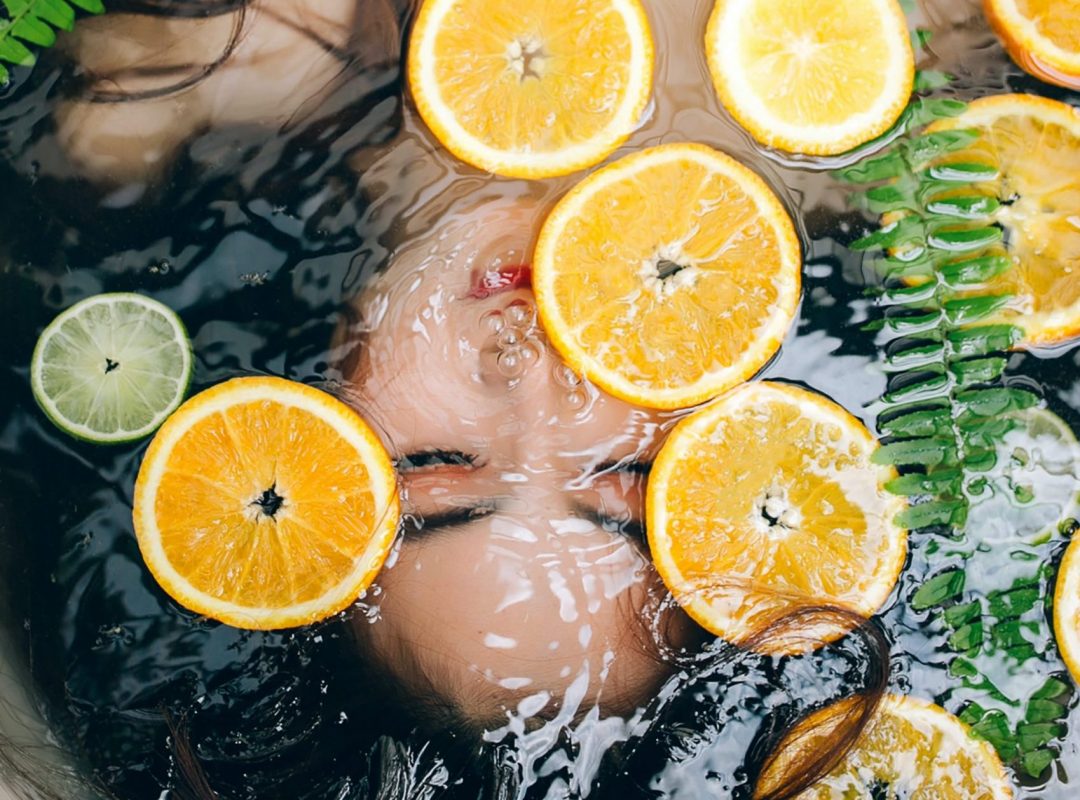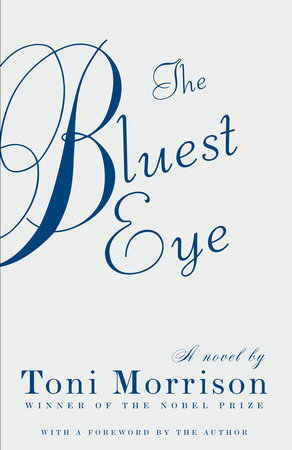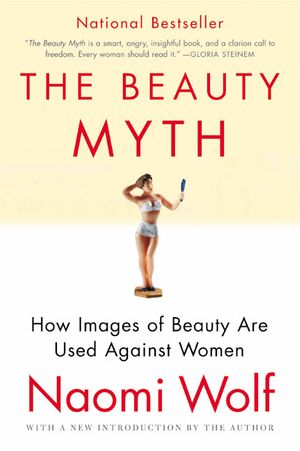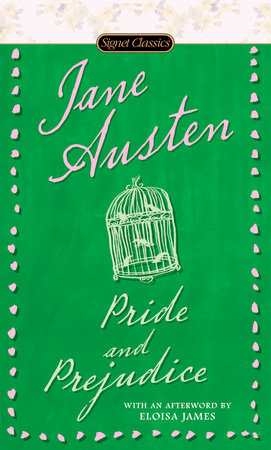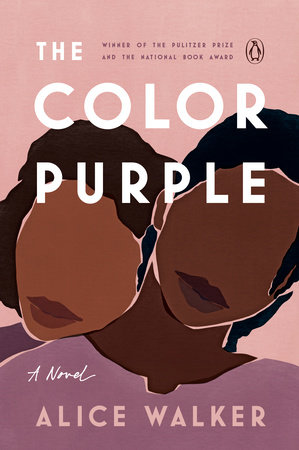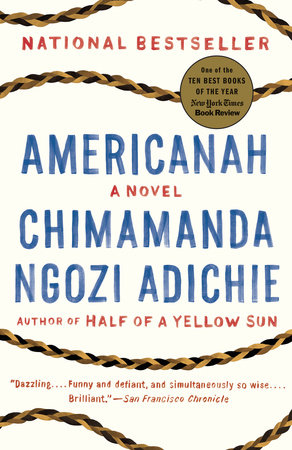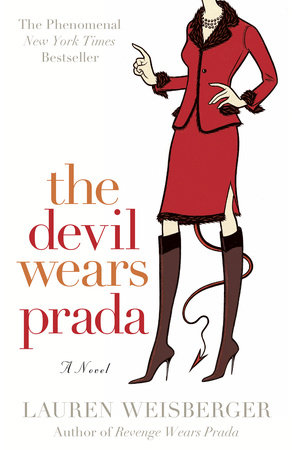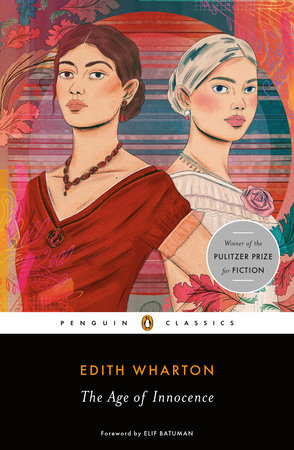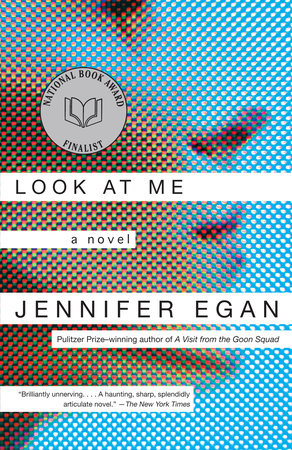Electric Lit is committed to publishing—and paying writers—through the pandemic without any layoffs or pay cuts. Please consider supporting us during this difficult time. Donate here.
.
We believe that beauty for women is a source of power and privilege. A kind of currency. But is it truly attainable? What is the flip side of beauty—when does beauty cause suffering? What happens when someone who identifies as beautiful gets stripped of it, whether by age or accident? And in the end, who decides what—and more to the point—who is beautiful?
My debut novel Beauty is about Amy Wong, a Chinese American woman who goes into the fashion industry. She’s a gifted, up-and-coming designer; she’s young, beautiful, and seemingly has it all. And yet, life circumstances not unlike what many women face—chauvinism, prejudice, marriage, motherhood—result in a deep loss of self. The narrative arc of Beauty encompasses most of Amy’s life. Her ideas around beauty, family, and power evolve throughout the course of the novel. In Maya Angelou’s memoir, I Know Why the Caged Bird Sings, we see how “the caged bird” is kept from flying and freedom. Societal conventions about beauty are like cages. They often keep women from reaching their full potential. In literature and books, we see a range of characters. Some buck and transcend expectations. Others remain stuck.
Here is a list of books that speak to questions about beauty, identity, and the impossible standards for which women are expected to live to this day.
The Bluest Eye by Toni Morrison
This novel made me realize I could be a writer; that I, a Chinese American woman, had something to say. It is the story of an 11-year-old girl named Pecola. She’s black, growing up in an America that worships blond hair and blue eyes, and so, wishing she could be beautiful and that her life could be different, she does too. Morrison revealed how race factors into identity and how racism can distort one’s self-perception.
The Beauty Myth by Naomi Wolf
Published in 2002, this nonfiction book revolutionized how we think about beauty and its effect on women’s identity. Her point is that despite the women’s movement and the power women have gained in terms of professional success and legal recognition, societal ideas about beauty keep women trapped in a cycle of reaching for ideals that are, in fact, unattainable.
Pride and Prejudice by Jane Austen
A lot rides on beauty for the Bennet sisters, as their mother makes it her mission in life to see her two older daughters married to men of both means and class. Beauty is the road that she knows will get them there. Mrs. Bennet is an irritating nag, and yet, considering the circumstances, she’s being reasonable and practical. She has five daughters, none of whom can inherit their father’s estate by law. If beauty can’t catch a husband, the girls face poverty and homelessness. (Mrs. Bennet seems to exist in many mothers, and perhaps for the same reason: they desire economic security for their daughters.)
The Color Purple by Alice Walker
Similar to The Bluest Eye, but written as an epistolary, the protagonist, a teen named Celie, has grown up poor in rural Georgia. As a poor black girl, she is despised both inside and outside her home, and is sexually abused by her father. Later, she is physically abused by her much older husband she calls “Mister.” No one considers Celie beautiful and neither does she. In fact, she’s told she’s worthless and ugly and she believes it; her journey to self-discovery starts after meeting several strong women. She becomes friendly with Shug Avery, her husband’s mistress, and their relationship develops into something more.
Hunger: A Memoir of (My) Body by Roxane Gay
What happens when beauty is dangerous for a young girl? In this searing memoir, Gay speaks honestly about her relationship with food, weight, self-image, and beauty. As a girl, she’d been sexually assaulted. She blamed herself, and as a result, turned her pain inward, hiding the truth and feeling self-loathing for herself. She buried the young girl she’d been with food, feeling that she would be safe if she made herself invisible to boys like the ones who attacked her.
Americanah by Chimamanda Ngozi Adichie
Ifemelu is a beautiful, confident Nigerian woman, but when she immigrates to America, she finds herself questioning and redefining what beauty means for a black woman, and in particular, how it plays out with her hair. Back home, she had her hair braided. Her hair was celebrated. Here, to be beautiful and professional, she is suddenly expected to have her hair straightened to be more “white” and acceptable. After doing so, and reaching this kind of “beauty,” however, Ifemelu is overcome by a deeper sense of loss.
Devil Wears Prada by Lauren Weisberger
Hired as the personal assistant to one of the most powerful fashion editors, a young woman finds herself in the most unglamorous position of hop-skip-and-jumping to the beat of her tyrannical, unpredictable, and impossible boss. In this work environment, appearances mean everything, and for this particular protagonist, it requires a total makeover. She trades in her hiking boots for four-inch Manolos, $100 skirts for Armani, and her briefcase for Prada. Welcome to a world in which “trivial” matters like manicure and pedicures, hair, and the evenness of one’s tan, are not so trivial anymore. Beauty can determine one’s future and fate in the industry. It’s a job a million girls would die for. But is it worth selling one’s soul?
Age of Innocence by Edith Wharton
The novel is set during the late 1800s, a period of American prosperity and growth referred to as the Gilded Age. The protagonist, Newland Archer (a name that pretty much says it all), is a lawyer from one of the most prominent “old money” families in New York City. Newland is ready to marry the perfectly beautiful and well-bred May Welland and is unhappy when his fiancé’s cousin arrives from abroad, shrouded in scandal, thus threatening to tarnish his nuptials. But Newland soon discovers that as beautiful as May may be, she is innocent and ignorant. Newland’s idea of beauty begins to shift and he soon finds himself in love with the Countess Olenska. Age of Innocence won the 1921 Pulitzer Prize, making Edith Wharton the first woman to win the award. A truly beautiful thing.
Look at Me by Jennifer Egan
This story opens with a Manhattan-based model, Charlotte, who is only 35, but struggling to look younger in an industry in which she is already considered past her prime. Charlotte is in a car crash that crushes her face, and though it is totally reconstructed, she doesn’t look the same. What is it like to be a recognized beauty that people look at to becoming virtually a stranger to everyone?
